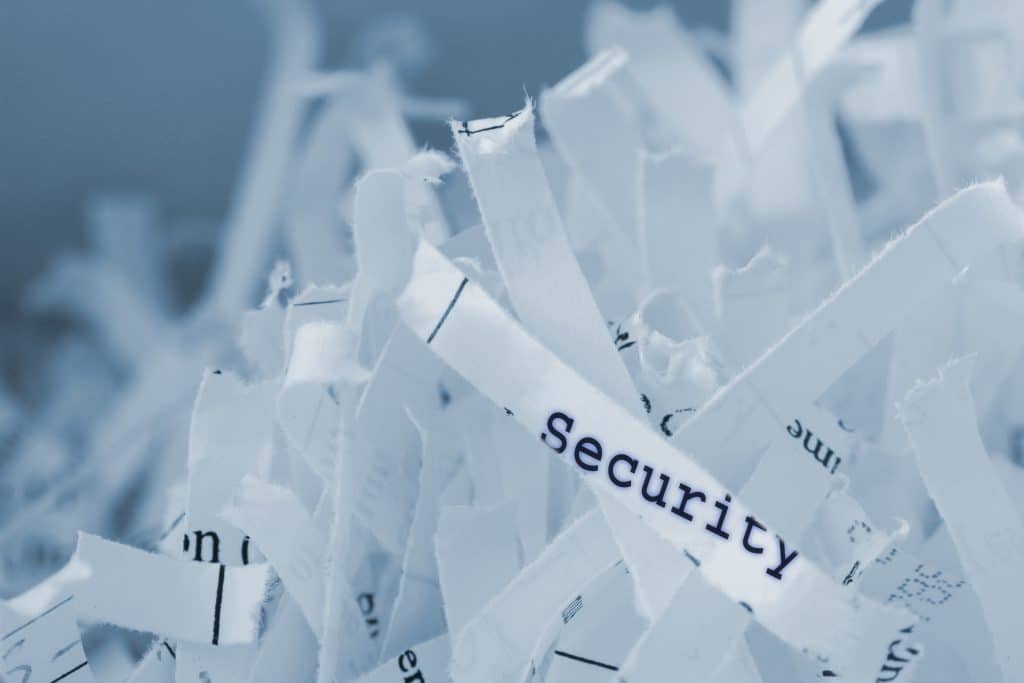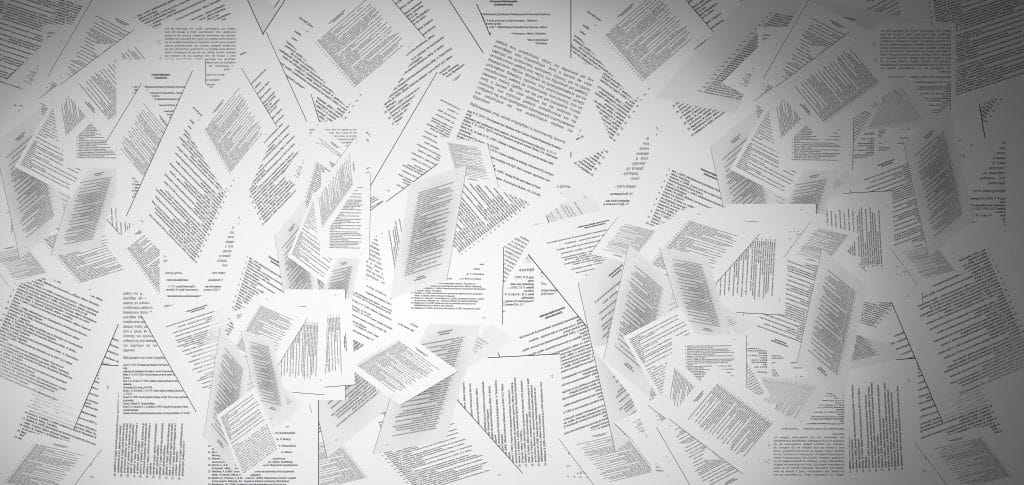In the age of Big Media, it’s easy for some to say, “Paper is dead! Everything is digital now!” Well, not quite. Even as we get further and further into the digital age, not everyone (or everything) has gone paperless. While the majority of our information and data has gone digital, there are very literal paper trails linking our identities to our private information. From medical records and birth certificates to mailed credit card offers and business contracts, there is a plethora of paper documents out in the world that hold some of our most private and confidential information. It is this reason in particular why we at SEM stress that any end-of-life paper documents containing sensitive or confidential information should be destroyed securely. Join us as we break down some of the methods that should be avoided.
Cutting and/or Shredding by Hand
As satisfying as ripping up physical spam mail can be, making it your primary shredding method is not recommended. While this method may be enough for mail or documents not containing private, confidential, or personally identifying information (PII), it will not ensure that the information cannot be pieced back together. Unfortunately, when media or data of any nature is not destroyed with high security end-of-life destruction equipment, there is always a risk that some of the data may be recovered. Take for instance the DARPA Shredder Challenge where people competed to reassemble shred particles, or our previous blog, A History of Data Destruction.

Recycling and/or Throwing Away
While we support the green initiative in wanting to recycle your end-of-life confidential paper documents, unfortunately this cannot always be securely done. For starters, the majority of our waste and recycling ends up in landfills and dumpsters which are typically gold mines for hackers and thieves. In addition, recycling and waste are not transported securely, making it easy for people to intercept and have access to your most sensitive and confidential information.
It is reported that, on average, recyclables and waste sit on sorting floors for up to four weeks before finally being destroyed. Given that length of time, anything can happen! It is important to note that after this period, remnants of your information are not magically sorted; dozens of employees’ sort what the machines cannot and have direct access to your data. By opting for a seemingly eco-friendlier alternative, you will unfortunately only put your data at more risk.
It is always best to err on the side of caution when it comes to end-of-life data destruction. When it comes to specifically destroying paper documents, it is best practice to use a paper shredder. By adopting a shredding policy, companies and organizations can take preventative measures to ensure that end-of-life confidential information does not fall into the wrong hands.
That’s why at SEM, we want you to future proof the destruction of your most sensitive and confidential data with one of our high security paper shredders, the SEM Model 344. The Model 344 offers an even more secure shred size that we like to call P-7+. This device is the only high security paper shredder on the market that offers a particle size of 0.8mm x 2.5mm (that is 50% smaller than the current National Security Agency requirement!) This compact, portable, energy saving option is listed on the NSA/CSS Evaluated Products List and has a throughput of 12 reams of paper per hour when feeding five sheets at a time.
By opting for in-house data destruction methods, you and your company or agency are making the most cost-effective, safe, and secure decision. It is also important to remember that a data breach is a data breach, no matter the level of impact. At SEM we have an array of high-quality NSA listed/CUI and unclassified paper shredders to meet any regulation. Any one of our exceptional sales team members are more than happy to help answer any questions you may have and help determine which machine will best meet your destruction needs.


